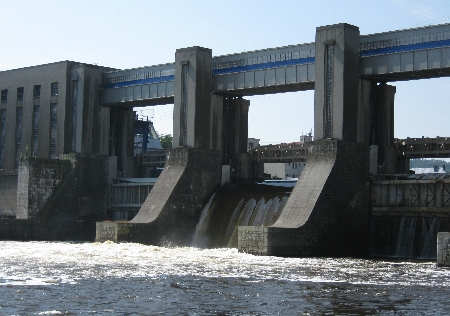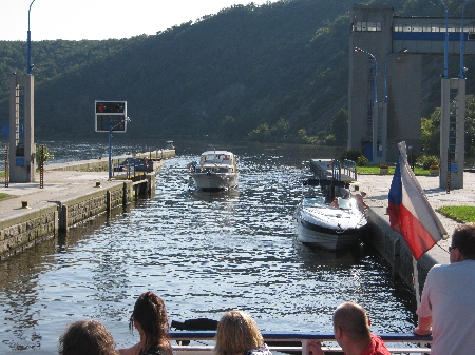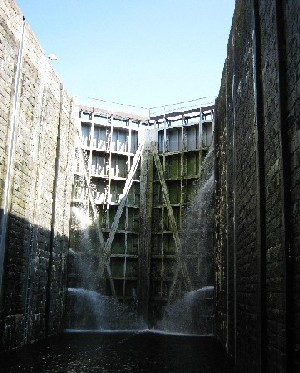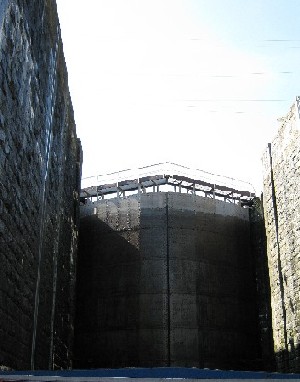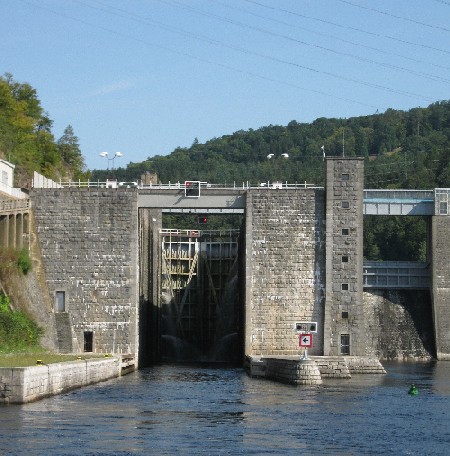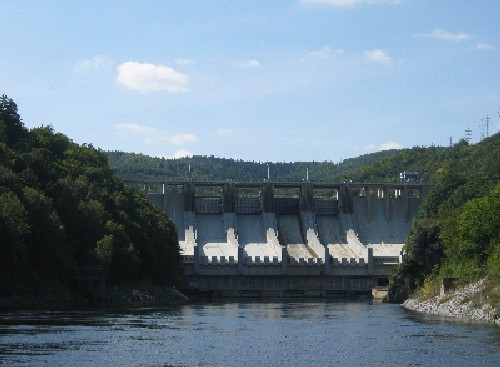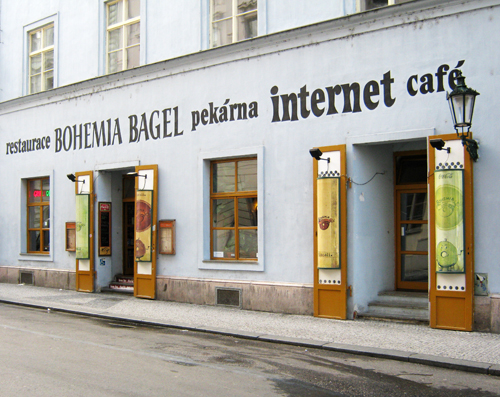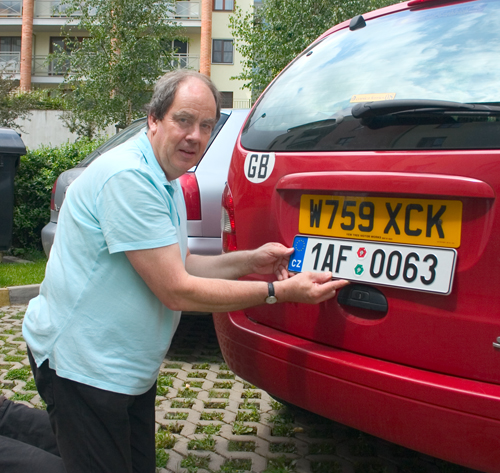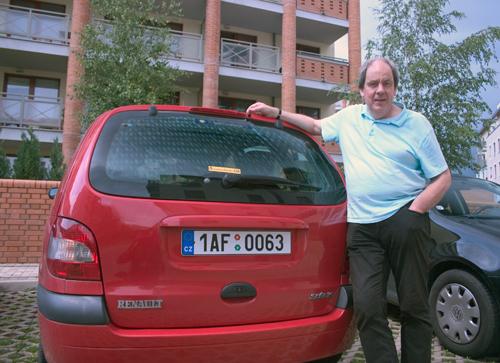
Longstanding readers of my blog will remember that, back in May, I wrote about Karen and Anna, two American TEFL teachers from my congregation who were forced to leave the country because of the failure of their employer, the Caledonian School, to obtain work permits and visas for them. The original posts entitled ‘More Problems with Czech Bureaucracy’ and “Update on my previous post ‘More Problems with Czech Bureaucracy'”, can be found by clicking on these titles.
I gained a certain amount of notoriety because of these posts and as a result, received an invitation to meet with Monika Kubátová, the Executive Director of the Caledonian School, so she could explain to me all that they were doing to try and resolve the issues I had blogged about. This meeting took place on Thursday 21st May. I wrote a further blog post after the meeting in which I recounted what I was told by the Executive Director as well as expressing my own personal opinion regarding what and why all this had happened. Entitled ‘Discovering the Power of Blogging!!!’ it can also be found by clicking on the title.
In that third blog post, I famously said that I believed that “Caledonian have now got an agreed framework for visas with the Foreign Police that should work in the future” but I qualified my remark with the well known saying that “the proof of the pudding will be in the eating’. Sadly, all the assurances given to me by Monika Kubátová have proved worthless – the pudding has left a very foul taste.
Anna flew from Prague to Croatia and spent some time on the beach before travelling on to the capital Zagreb. Here, being outside the Schengen area, she reapplied for her work permit and visa at the Czech Embassy before travelling on to Bosnia, Montenegro and then Turkey. She is currently working as an au pair in Istanbul until the end of September.
Karen returned home to the USA and spent sometime with her daughters. Slightly later than Anna, she reapplied for her work permit and visa at the Czech Consulate in Chicago.
Whilst we were ourselves on holiday in Croatia in July, we received an email from Anna saying that she had heard that day from Caledonian School that her second visa application had been denied. There was no great clarity as to why this should be other than some vague reference to overstaying her original 90 day tourist visa. Then on 19th August, Karen finally heard that her second visa application had also been denied. You can read her own brave blog post, written a week later ‘The Czech government denied my visa’ by clicking on this title.
To say I’m angry would be putting it mildly. I feel so annoyed that a combination of incompetence by the Caledonian School and bloody-mindedness by the Czech Foreign Police, has completely messed up the lives of both these ladies. Karen in particular, has let her house, disposed of many of her possessions, in order to live and work in the Czech Republic for a number of years. She did all of this based on promises given to her by the Caledonian School which they have totally failed to fulfil.
I am also angry because I have effectively been made to look a like a fool. The reason I was asked to meet with Monika Kubátová back in May was because my first two blog posts were being found by prospective TEFL students and had begun to generate bad publicity for Caledonian School. By posting a third time, in part regurgitating what I was told by Monika Kubátová at my meeting with her, that bad publicity was counteracted. Yet what I was told – yes promised by her, has proved to be without foundation.
When I heard about Anna’s second visa application being refused, I wrote to Monika Kubátová to ask why all her reassurances had proved worthless. It took nearly three weeks, together with a reminder email, before I got a reply. The blame was inevitably put on the Czech Foreign Police. “The system is changing before our eyes“ was the lame excuse which was a wording effectively copied and pasted from an email reply I received from Caledonian back in April, when I first raised the matter.
At this point in time, poor Karen and Anna do not know what they can do. Both of them have belongings still sitting in Prague but cannot ascertain whether they can return, purely as tourists, to collect them. If they fly into Prague airport, will they be admitted?
In the meantime, I offer the following advice to any English-speaking, non-EU citizen who is thinking of coming to Prague to teach English as a foreign language. By all means plan to come – despite the economic downturn there is still a considerable demand from business people and others, who want to learn or improve their English. But don’t come to Prague on a tourist visa to undertake a TEFL teacher training course at one of the language schools here. Instead, take a TEFL course in your own home country, USA, Canada, Australia etc.
Once you have a TEFL teaching qualification, apply to work for one of the schools here. Once you have a job offer, then apply for a work permit and visa whilst still in your own home country and don’t try and travel here to work until it has been granted. Caledonian and and the other language schools will not like me saying this because they make good money from people paying for their TEFL teacher training courses. Not all students pass and, even some who do, decide not to stay on and teach. And that is where the various schools make quite a bit of money. They don’t just make money from providing English language classes.
At the present time and from my recent experience, I would not trust any promises made by Caledonian or other language schools about coming here to train as a TEFL teacher on a tourist visa and “we’ll help you get a work permit and permanent visa once you are here”. Let the experience of Karen and Anna be a salutory lesson.

